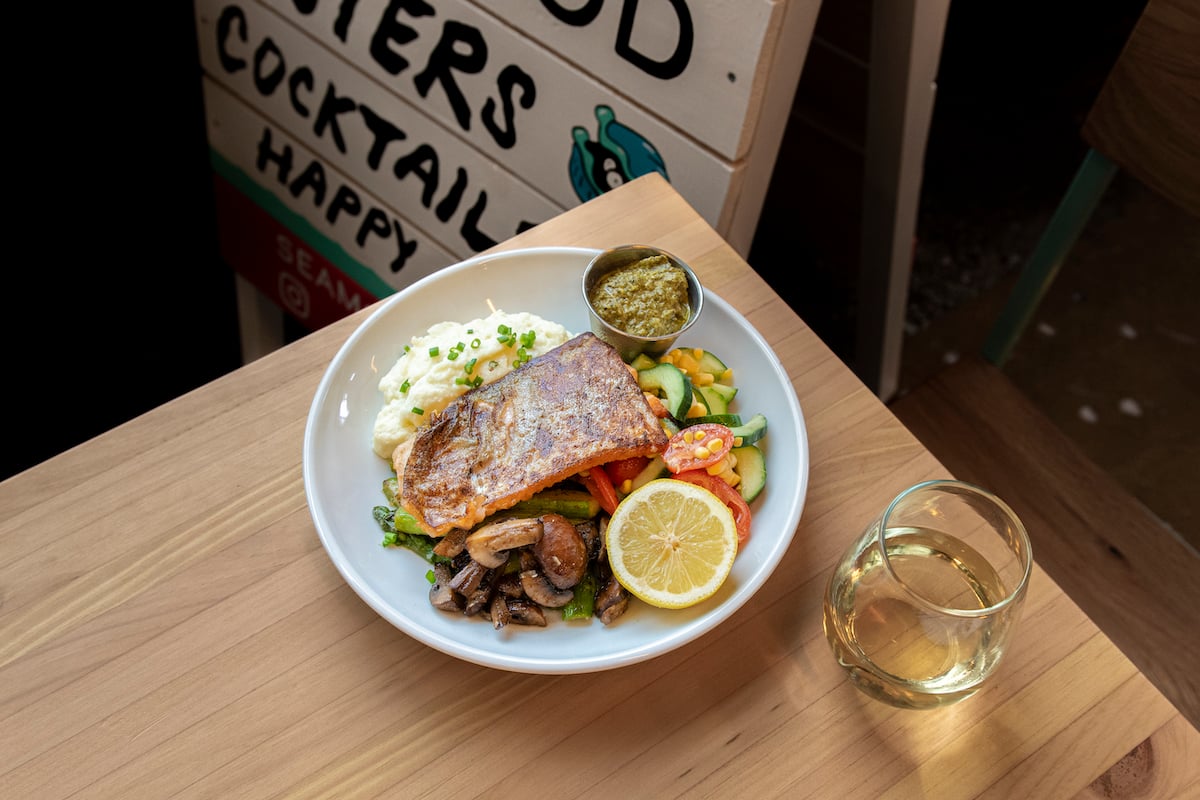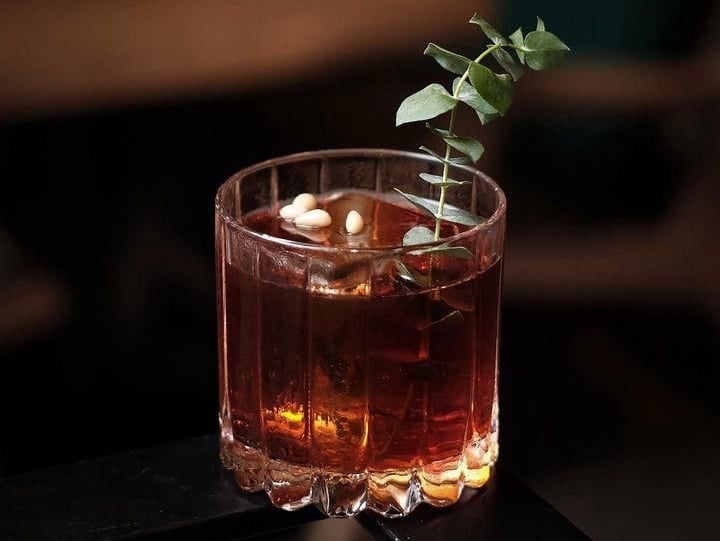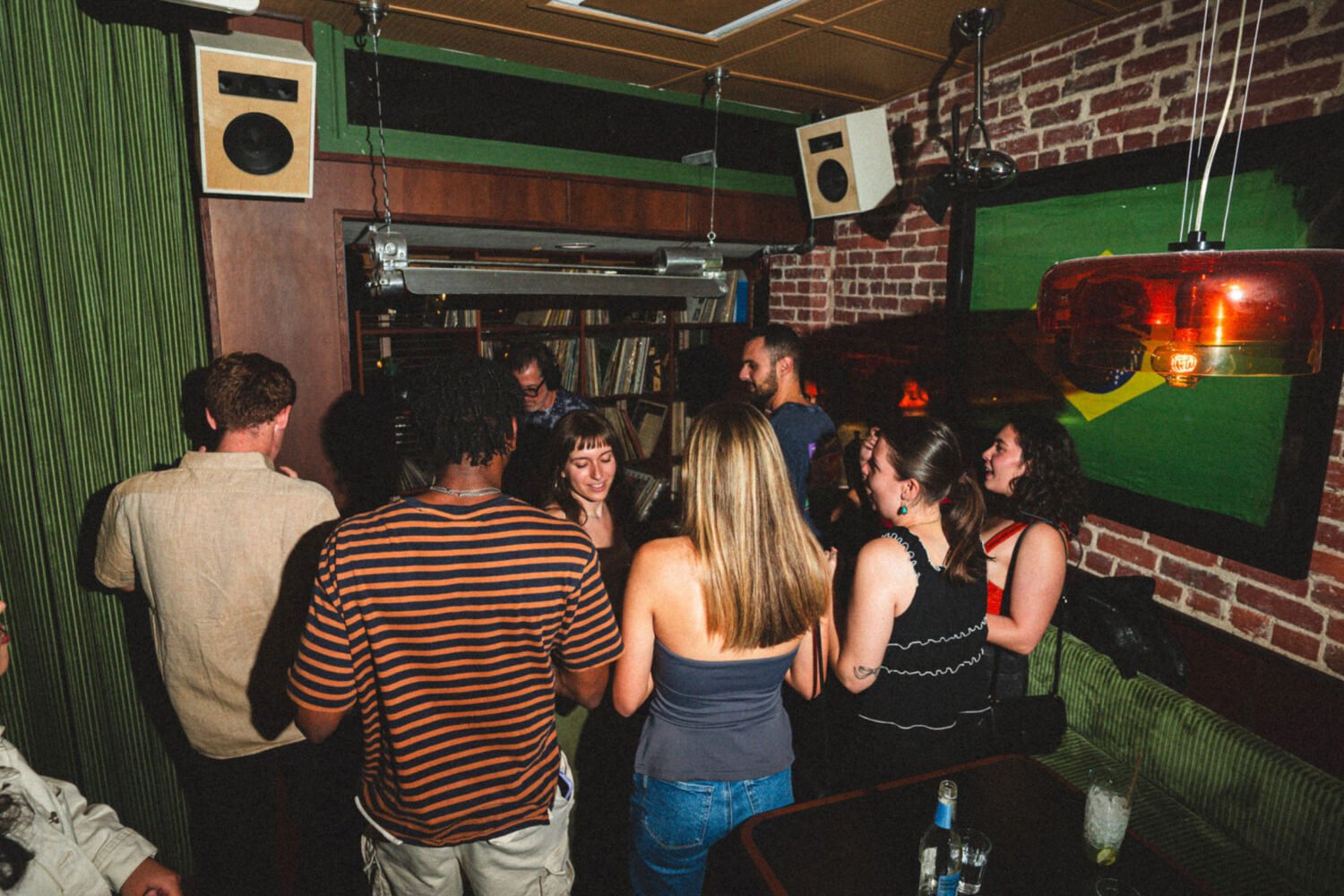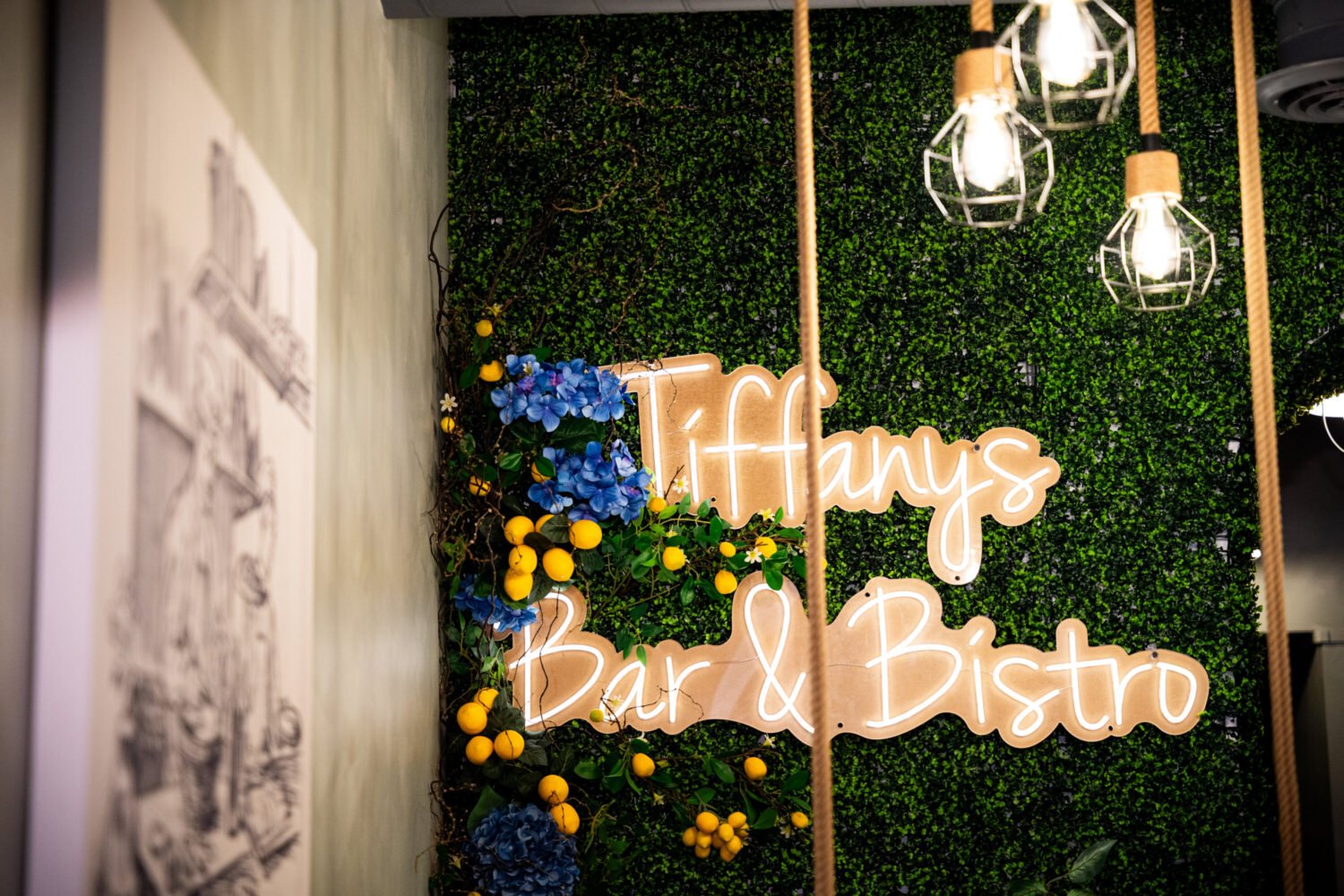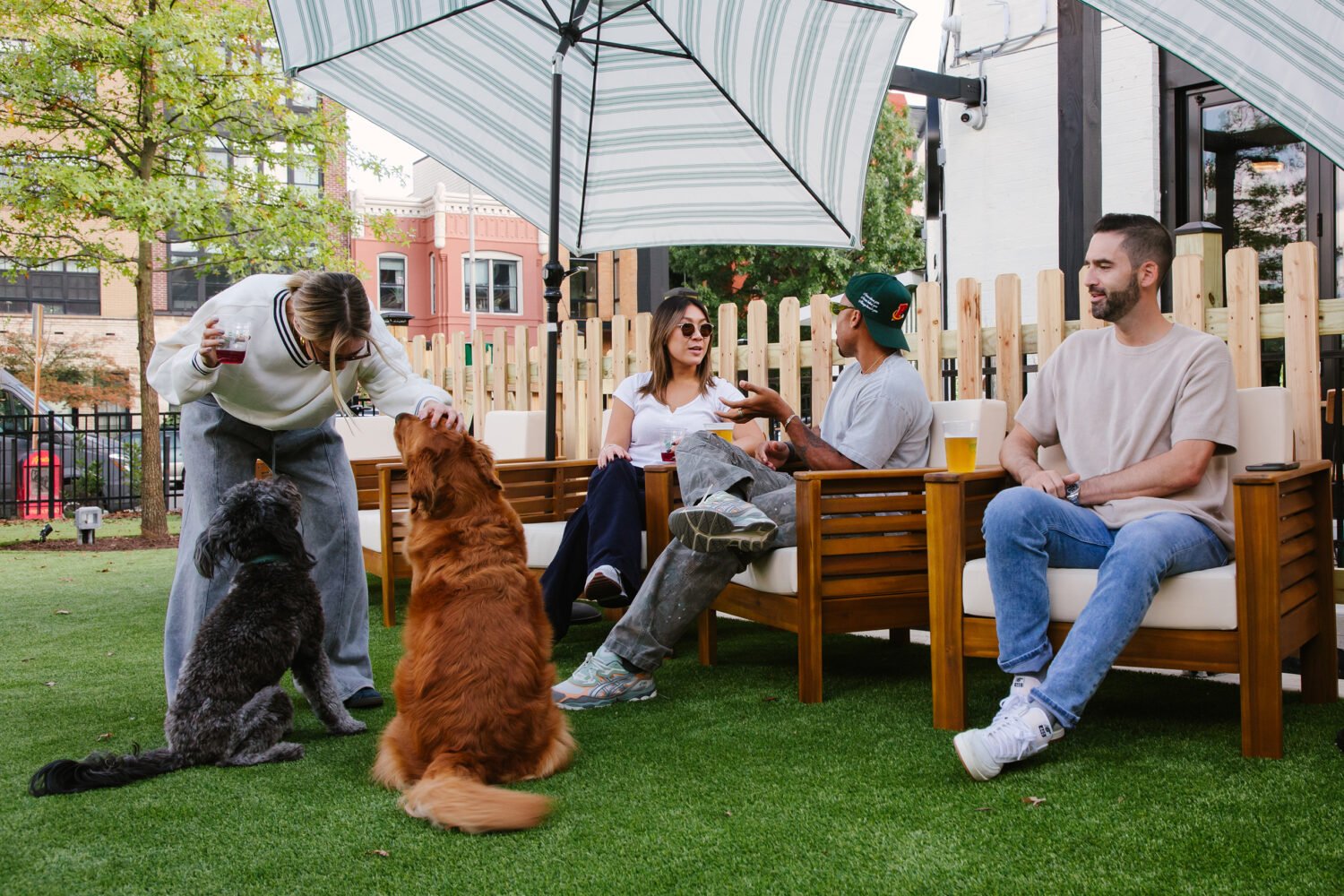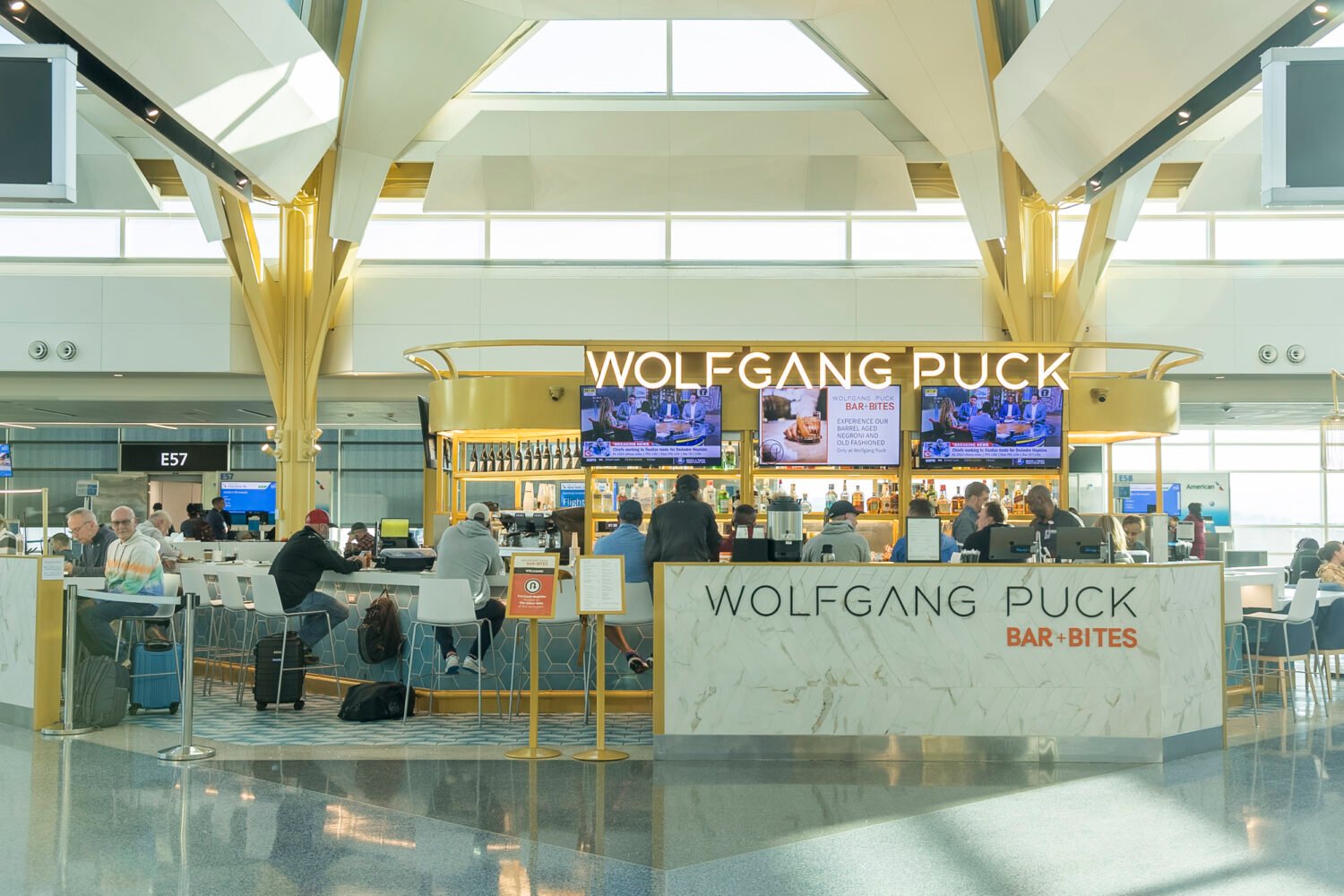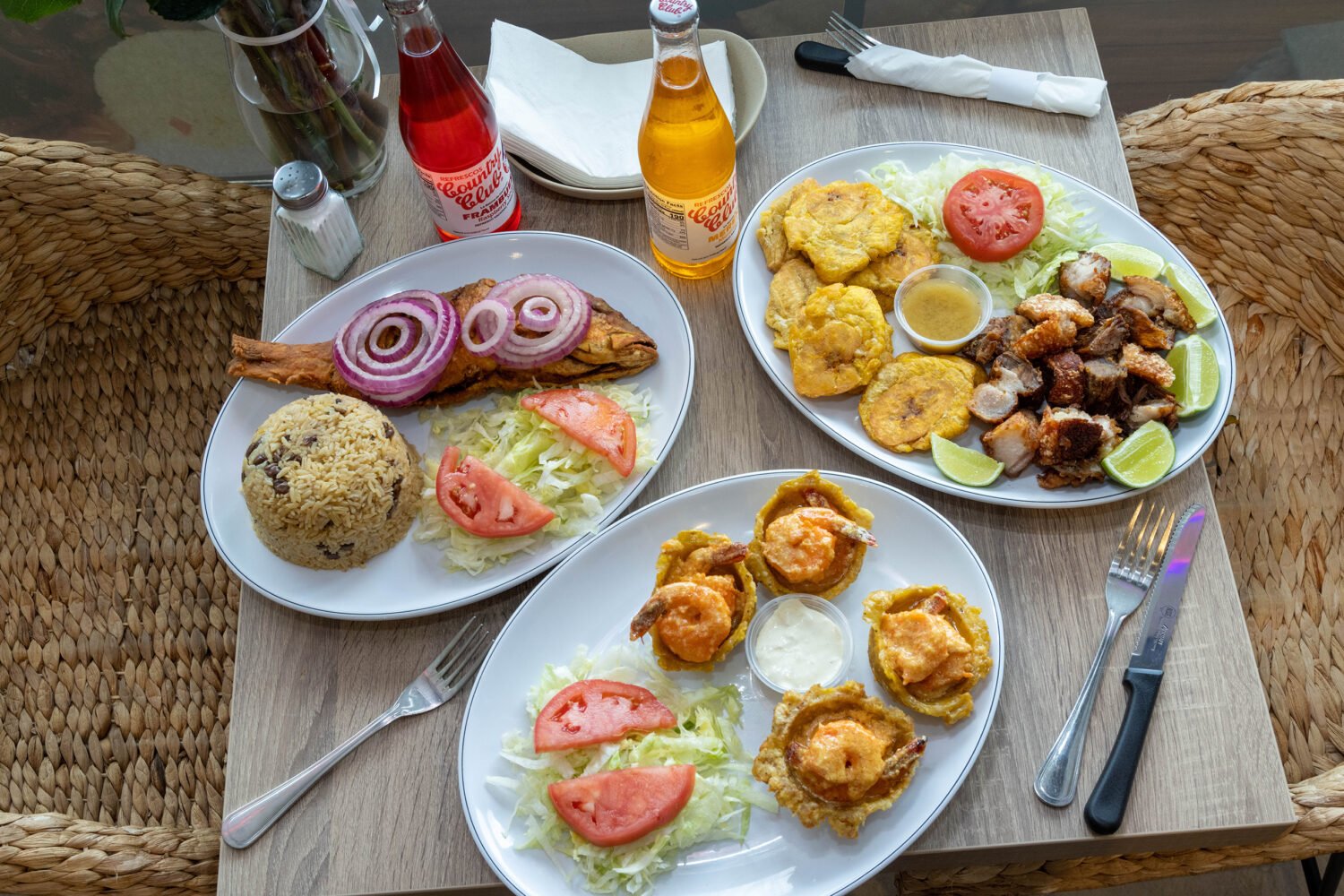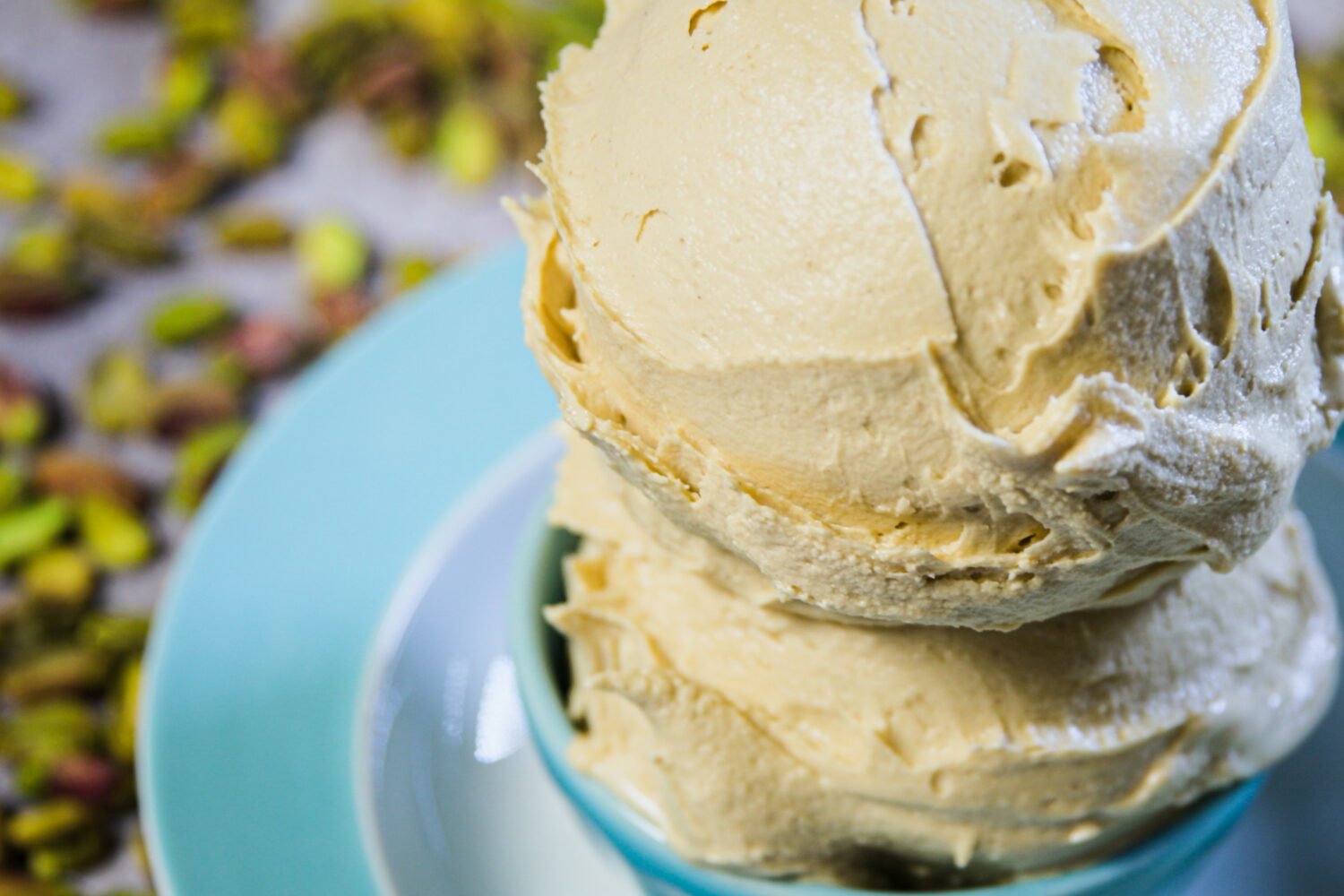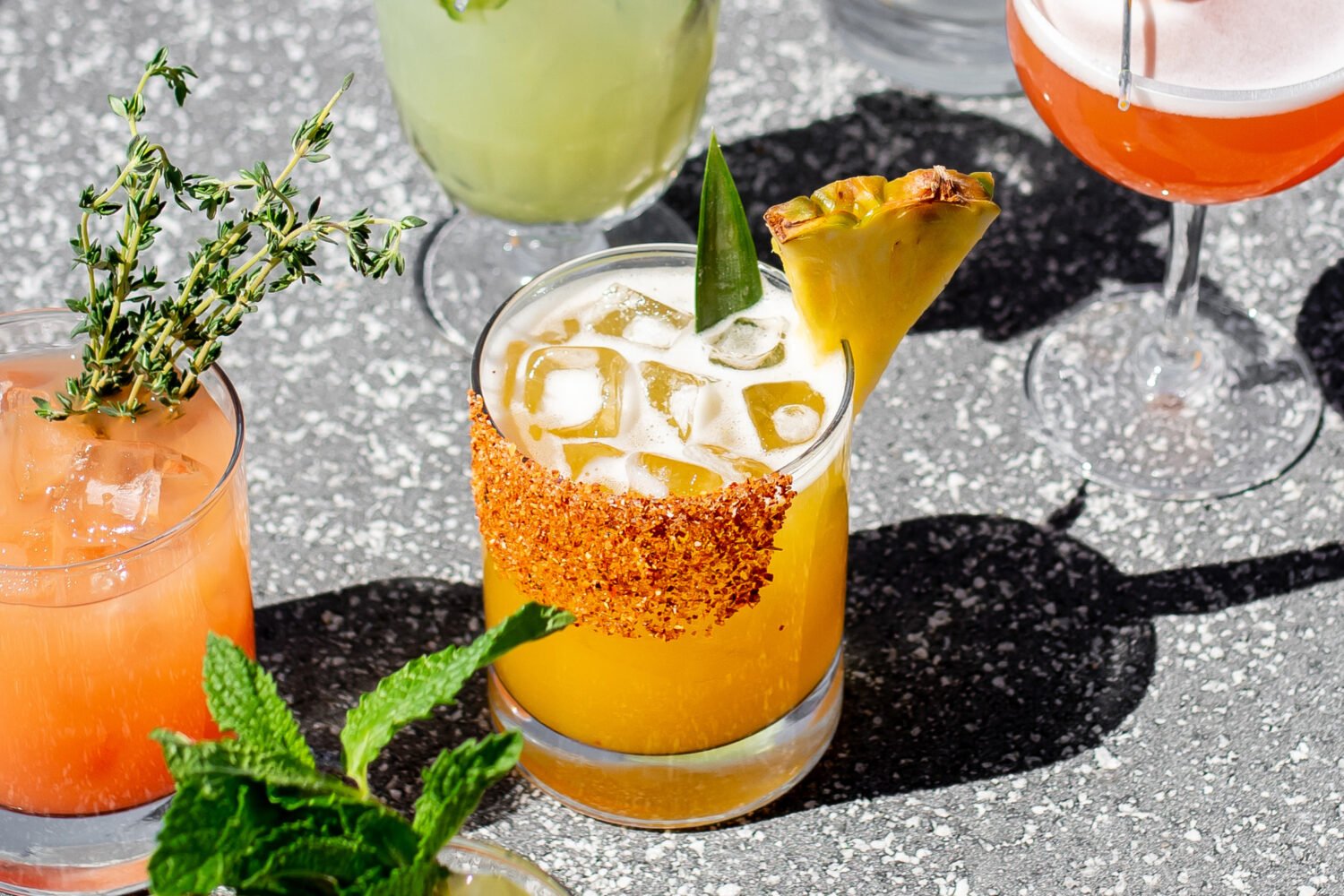About Restaurant Openings Around DC
A guide to the newest places to eat and drink.
Diners won’t find crab on the opening menu at Seamore’s Sustainable Seafood—the dining room is bucking the tradition of out-of-town restaurants throwing it on the menu as a local nod (see also: half-smokes, mumbo sauce). The coastal spot opens in Arlington on Thursday, September 29. for dinner. It’s the first Seamore’s outside New York for the five-restaurant collective, centered in Manhattan and Brooklyn.
Why no crabcakes? It’s not about the higher-than-average prices of the Chesapeake delicacy. Though the restaurant will source a variety of fish and shellfish from the Bay—as well as further afield along the East Coast and Gulf—co-owners Jay Wainwright and Topher Bertone-Ledford have centered their mission around aquatic sustainability.
“We only sell fish whose populations are stable or growing,” Wainwright says, referring to both wild and sustainably farmed seafood. Crab may eventually come onto the menu, but given recent reports of population decline, the crustacean didn’t make the cut (same goes for Chesapeake rockfish). The Department of Natural Resources enforced new crab catch limits this year, though there’s no current limit for commercial or recreational crabbers starting October 1 through the remainder of the season, which ends November 30.
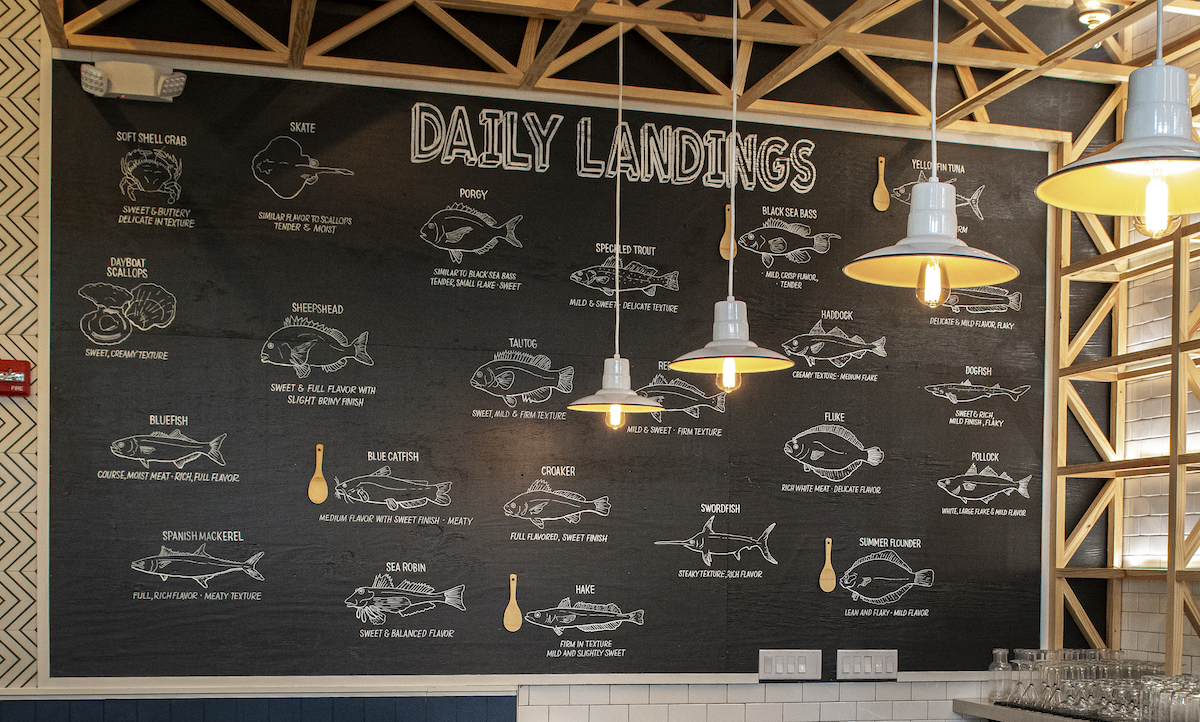
On the oft-changing “daily landings” menu, diners might find Atlantic croaker, red drum, bluefish, porgy, dogfish, sheep’s head, sea robin, Chesapeake oysters, and Virginia clams. Seamore’s also sources invasive species like snakehead—a threat to the Potomac River—and the Chesapeake’s menace, blue catfish.
“You might not always recognize the species of fish, but when they’re delicious, you’ll come back,” says Wainwright. The team works with only two wholesale seafood purveyors—DC-based ProFish and Baltimore’s JJ McDonnell—to help with quality and monitoring. The restaurant also looks to the Monterey Bay Seafood Watch, a sustainable seafood advisory list, for guidance. That said, Wainwright admits: “It’s complicated—‘sustainable’ is like the word ‘gourmet’ in the ’80s. It’s a problematic word with no firm definition. We like to develop a reservoir of trust and are happy if people want to scratch the surface.”
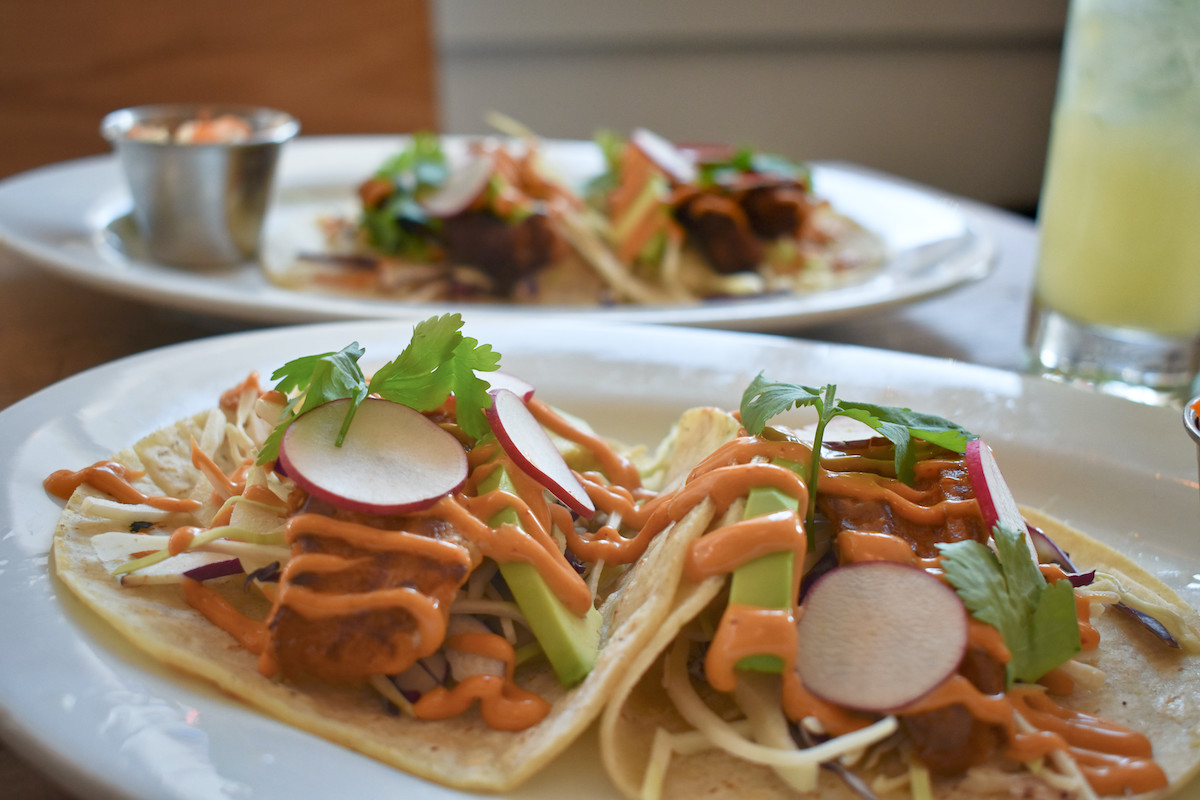
Helping the cause: a restaurant that feels more like a breezy Montauk hangout than a lesson in ocean preservation. Wainwright has been in the biz since college, having founded the fast-casual Cosí chain with his brother in 1993. He also helped grow Le Pain Quotidien’s US presence as its chief development officer. While Seamore’s is full-service, he says it “speaks to how people want to eat today. The ethos is casual, but it gives people something to bite into.”
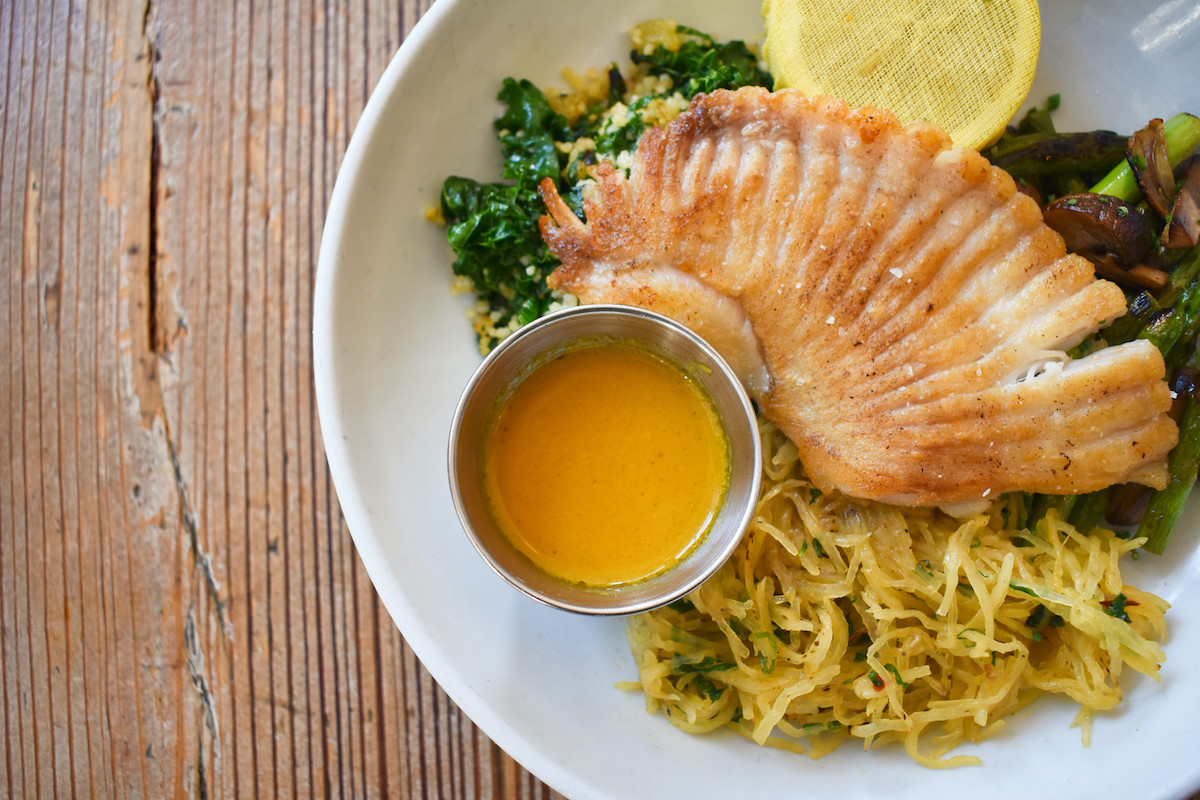
The Clarendon locale will offer some of the same menu items as New York, including shrimp or fish tacos—seared or crispy—lobster rolls, seafood or beef burgers, steamed mussels, and fish and chips utilizing blue catfish. Chef Laurence Cohen (formerly of Truluck’s) will also offer a variety of “real deal” fish preparations—simply grilled daily and core catches like steelhead salmon or Montauk scallops with cauliflower mash, seasonal vegetables, and a choice of sauces like red curry or chimichurri. The kitchen also offers a “guppies” (kids) menu with fish sticks and mac n’ cheese—lobster optional—for all ages.
Seamore’s Sustainable Seafood. 2815 Clarendon Boulevard, Arlington.

